Lighting has always played a crucial role in interior design, evolving over time to become an integral part of creating a comfortable and functional space. From the earliest use of fire to the invention of electric lighting, humans have sought ways to illuminate their surroundings and enhance their living environments.
In ancient times, lighting was primarily provided by fire, whether it was from torches, candles, or oil lamps. These sources of light were not only functional but also served as decorative elements in interior spaces. As technology advanced, the invention of gas lighting in the 19th century brought about a significant change in interior design. Gas lamps provided a brighter and more consistent source of light, allowing for more intricate and detailed designs in lighting fixtures.
The introduction of electric lighting in the late 19th century revolutionized interior design. With the ability to control the intensity and direction of light, designers were able to create different moods and atmospheres in a room. The development of various types of light bulbs further expanded the possibilities for lighting design, from incandescent bulbs to fluorescent tubes and now LED lights.westovo
Today, lighting is considered an essential element in interior design. It not only provides illumination but also contributes to the overall ambiance and mood of a space. The right lighting can transform a room from dull and lifeless to warm and inviting. It can highlight architectural features, artwork, or furniture pieces, creating focal points and adding visual interest.
The Role of Lighting in Creating Ambiance and Mood
Lighting has a significant impact on the mood and atmosphere of a room. Different types of lighting fixtures can create various effects, allowing designers to manipulate the space’s ambiance to suit their desired aesthetic.
Ambient lighting provides overall illumination to a room, creating a comfortable and inviting atmosphere. It can be achieved through ceiling-mounted fixtures such as chandeliers or recessed lights. Ambient lighting should be evenly distributed throughout the space to avoid harsh shadows or dark corners.
Task lighting is used to provide focused illumination for specific activities such as reading, cooking, or working. It can be achieved through desk lamps, under-cabinet lights, or pendant lights. Task lighting should be bright enough to prevent eye strain but not too harsh to create glare.
Accent lighting is used to highlight specific areas or objects in a room, such as artwork, architectural features, or decorative elements. It can be achieved through spotlights, track lights, or wall sconces. Accent lighting adds depth and visual interest to a space, creating focal points and drawing attention to specific details.
The Importance of Natural Light in Interior Design
Natural light is a valuable asset in interior design. It not only provides illumination but also offers numerous benefits for the occupants of a space. Incorporating natural light into a room can enhance its functionality and create a sense of well-being.
One of the primary benefits of natural light is its ability to improve mood and productivity. Exposure to natural light has been shown to increase serotonin levels in the brain, which can help improve mood and reduce symptoms of depression. Natural light also helps regulate the body’s circadian rhythm, promoting better sleep patterns and overall well-being.
In addition to its psychological benefits, natural light also has practical advantages. It can help reduce energy consumption by providing free illumination during the day. By maximizing natural light in a room, homeowners can rely less on artificial lighting and save on electricity costs.
There are several ways to maximize natural light in a room. One of the most effective methods is to incorporate large windows or glass doors that allow ample sunlight to enter the space. Using light-colored or reflective surfaces on walls and ceilings can also help bounce natural light around the room. Additionally, strategically placing mirrors opposite windows can help amplify the amount of natural light in a space.
The Use of Artificial Light to Enhance Interior Spaces
While natural light is highly desirable, it is not always available or sufficient to meet the lighting needs of a space. In such cases, artificial lighting becomes essential in creating a well-lit and functional interior.
There are various types of artificial lighting that can be used to enhance interior spaces. Incandescent bulbs, although less energy-efficient, provide warm and soft illumination that is flattering to skin tones and creates a cozy atmosphere. Fluorescent lights are more energy-efficient and provide bright and cool illumination, making them suitable for task lighting in areas such as kitchens or offices.
LED lights have gained popularity in recent years due to their energy efficiency and versatility. LED lights are available in a range of color temperatures, from warm white to cool white, allowing designers to create different moods and atmospheres in a room. LED lights also have a longer lifespan compared to traditional light bulbs, reducing maintenance costs.
When using artificial lighting, it is important to consider the purpose of the space and the desired ambiance. For example, warm white lights are often used in living rooms or bedrooms to create a cozy and relaxing atmosphere, while cool white lights are more suitable for task-oriented areas such as kitchens or home offices.
The Impact of Color Temperature on Interior Design
Color temperature refers to the perceived warmth or coolness of light. It is measured in Kelvin (K) and can have a significant impact on the mood and atmosphere of a room.
Warm white light, typically around 2700K-3000K, has a yellowish hue that creates a cozy and intimate ambiance. It is often used in living rooms, bedrooms, or dining areas where comfort and relaxation are desired. Warm white light can make a space feel inviting and welcoming.
Cool white light, typically around 4000K-5000K, has a bluish-white hue that creates a bright and energetic atmosphere. It is often used in task-oriented areas such as kitchens, bathrooms, or home offices where clarity and focus are important. Cool white light can make a space feel clean and refreshing.
Neutral white light, typically around 3500K-4000K, falls between warm white and cool white. It provides a balanced illumination that is suitable for a wide range of applications. Neutral white light is often used in commercial spaces such as retail stores or offices where a neutral and professional atmosphere is desired.
When choosing the right color temperature for different rooms and purposes, it is important to consider the function of the space and the desired mood. Warm white light is generally more suitable for areas where relaxation and comfort are desired, while cool white light is more suitable for areas where clarity and focus are important.
The Benefits of LED Lighting in Interior Design

LED lighting has become increasingly popular in interior design due to its numerous advantages over traditional lighting sources.
One of the main benefits of LED lighting is its energy efficiency. LED lights consume significantly less energy compared to incandescent or fluorescent lights, resulting in lower electricity bills and reduced carbon footprint. LED lights also have a longer lifespan, reducing maintenance costs and the need for frequent bulb replacements.
LED lights are also highly versatile in terms of design possibilities. They come in various shapes and sizes, allowing designers to create unique lighting fixtures that can enhance the aesthetic appeal of a space. LED lights can be integrated into furniture, walls, or ceilings, creating a seamless and integrated lighting design.
In addition to their energy efficiency and design versatility, LED lights also offer better control over lighting intensity and color temperature. LED lights can be dimmed or brightened according to the desired ambiance, allowing for greater flexibility in creating different moods in a room. LED lights also come in a range of color temperatures, from warm white to cool white, allowing designers to customize the lighting design to suit the specific needs of a space.
The Integration of Smart Lighting Systems in Interior Design
Smart lighting systems have revolutionized the way we control and interact with lighting in interior spaces. These systems allow for greater convenience, energy efficiency, and customization in lighting design.
Smart lighting systems are typically controlled through a smartphone or a central hub, allowing users to adjust lighting settings remotely. This means that homeowners can control their lights even when they are not at home, providing added security and energy savings. Smart lighting systems can be programmed to turn on or off at specific times or in response to certain triggers, such as motion sensors or daylight levels.
One of the main benefits of smart lighting systems is their energy efficiency. These systems often use LED lights, which are already energy-efficient, and allow for further energy savings through features such as dimming or scheduling. Smart lighting systems can also integrate with other smart home devices, such as thermostats or occupancy sensors, to optimize energy usage and reduce waste.
Smart lighting systems also offer greater customization in lighting design. Users can create different lighting scenes or presets for different activities or moods, allowing for easy transition between different lighting settings. For example, a “movie night” scene can dim the lights and turn on accent lighting behind the TV, creating a theater-like experience.
Lighting Design Trends: Minimalism, Industrial, and Retro
Lighting design trends are constantly evolving, reflecting changes in technology, aesthetics, and lifestyle preferences. Currently, three major trends dominate the world of interior lighting design: minimalism, industrial, and retro.
Minimalism is characterized by clean lines, simplicity, and a focus on functionality. In terms of lighting design, minimalism often involves using sleek and understated fixtures that blend seamlessly into the space. Recessed lights or track lights are commonly used to provide ambient illumination without drawing attention to themselves. Minimalist lighting design aims to create a clutter-free and visually calm environment.
Industrial lighting design draws inspiration from factories and warehouses, featuring raw and unfinished materials such as metal, concrete, and exposed bulbs. Industrial lighting fixtures often have a vintage or retro aesthetic, with Edison bulbs or wire cages being popular choices. Industrial lighting design aims to create a sense of nostalgia and authenticity, evoking the charm of old industrial spaces.
Retro lighting design takes inspiration from past eras, often featuring bold colors, geometric shapes, and playful designs. Retro lighting fixtures can range from funky pendant lights to neon signs or lava lamps. Retro lighting design aims to create a sense of nostalgia and whimsy, adding a touch of personality and fun to a space.
When incorporating these lighting design trends into interior spaces, it is important to consider the overall aesthetic and functionality of the room. Lighting fixtures should complement the existing decor and serve a purpose in terms of providing adequate illumination.
The Future of Lighting in Interior Design: Sustainability and Energy Efficiency
As sustainability and energy efficiency become increasingly important in interior design, the future of lighting is likely to focus on developing more environmentally friendly and energy-efficient solutions.
One area of development is the use of renewable energy sources to power lighting systems. Solar-powered lights are already available for outdoor use, but advancements in technology may allow for more efficient and affordable solar-powered indoor lighting solutions. Additionally, the integration of energy storage systems such as batteries or capacitors can help store excess energy generated by renewable sources for use during periods of low sunlight.
Another area of development is the use of smart sensors and controls to optimize energy usage. Motion sensors can detect occupancy in a room and automatically turn off lights when no one is present, reducing unnecessary energy consumption. Daylight sensors can adjust artificial lighting levels based on the amount of natural light available, further reducing energy waste.
Advancements in LED technology are also expected to continue, with improvements in efficiency, color rendering, and lifespan. LED lights may become even more versatile, allowing for greater customization in terms of color temperature and intensity. The integration of smart features, such as wireless connectivity or voice control, may also become more prevalent in LED lighting systems.
The Power of Lighting in Transforming Interior Spaces
In conclusion, lighting plays a crucial role in interior design, evolving over time to become an integral part of creating a comfortable and functional space. From the earliest use of fire to the invention of electric lighting, humans have sought ways to illuminate their surroundings and enhance their living environments.
Lighting has the power to transform a room, creating different moods and atmospheres through the use of various fixtures and color temperatures. Natural light provides numerous benefits for occupants, while artificial light allows for greater control and customization. LED lighting offers energy efficiency and design versatility, while smart lighting systems provide convenience and energy savings.
As sustainability and energy efficiency become increasingly important in interior design, the future of lighting is likely to focus on developing more environmentally friendly and energy-efficient solutions. The integration of renewable energy sources, smart sensors, and advancements in LED technology will continue to shape the way we illuminate our interior spaces.
In conclusion, lighting is not just about providing illumination; it is a powerful tool that can transform a space and enhance its functionality and beauty. By carefully considering the role of lighting in interior design, designers can create spaces that are not only visually appealing but also comfortable and inviting.

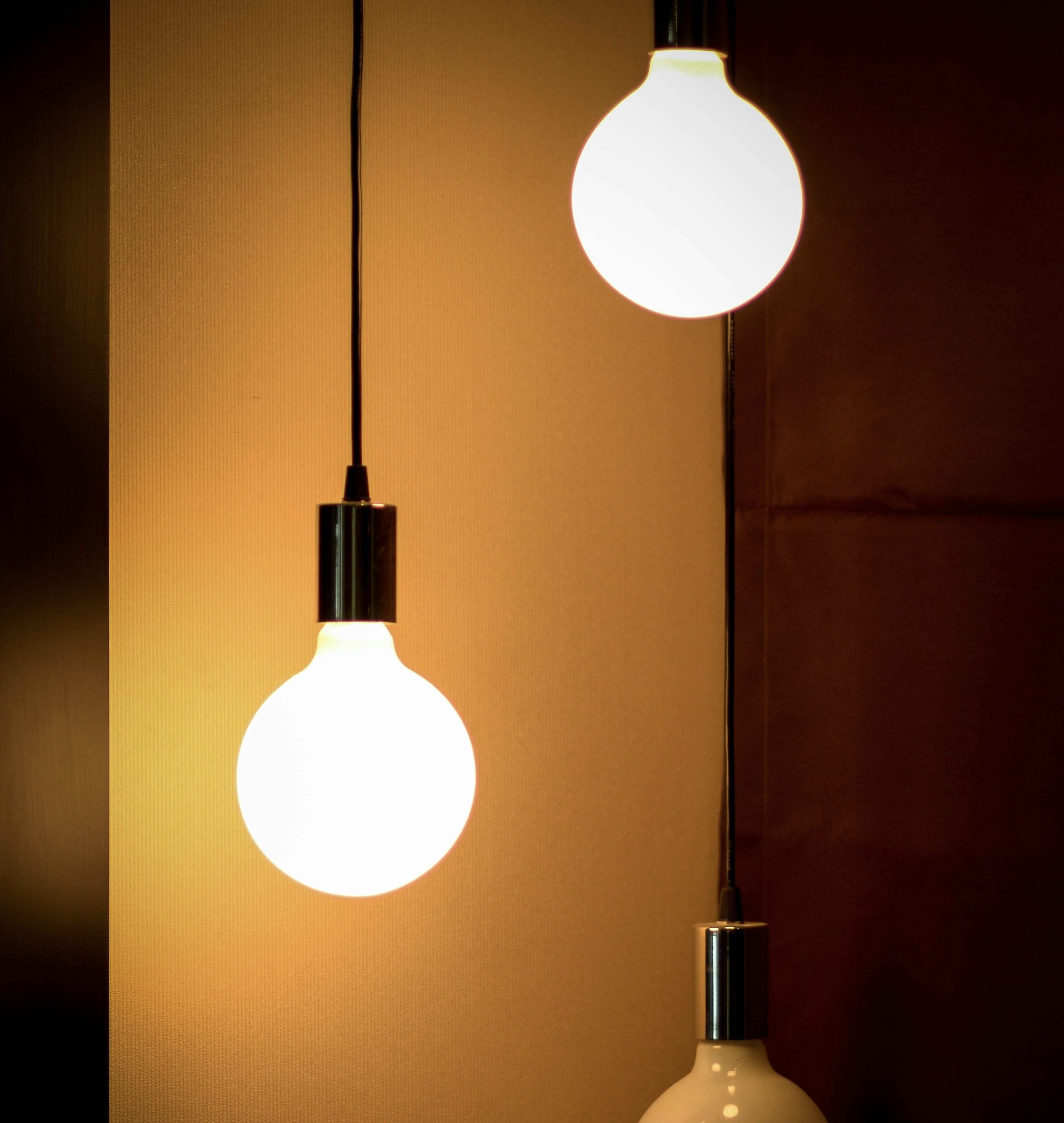
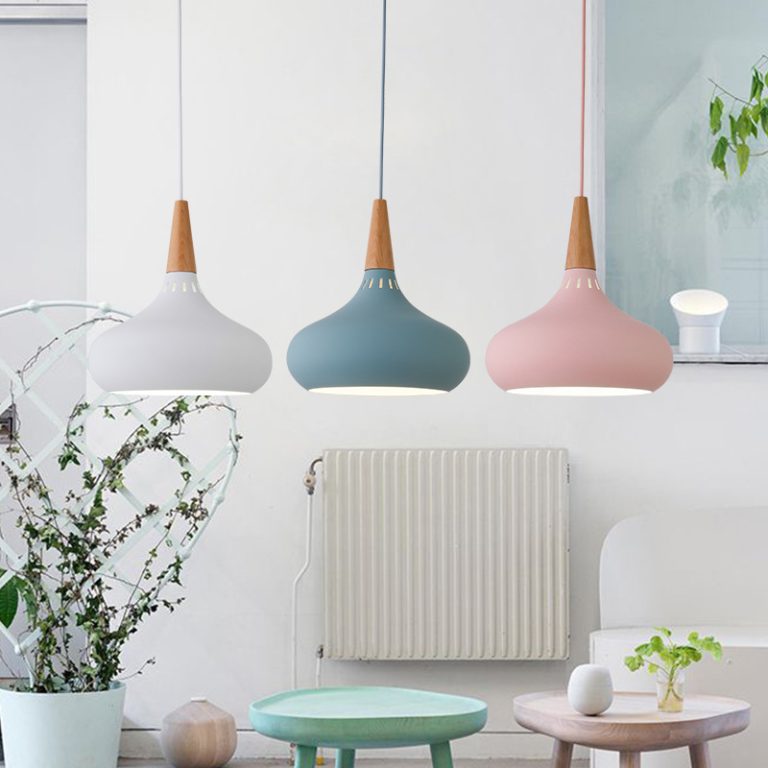
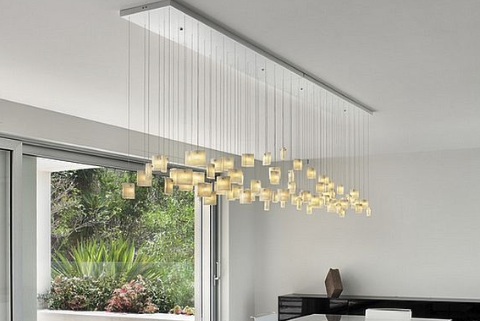
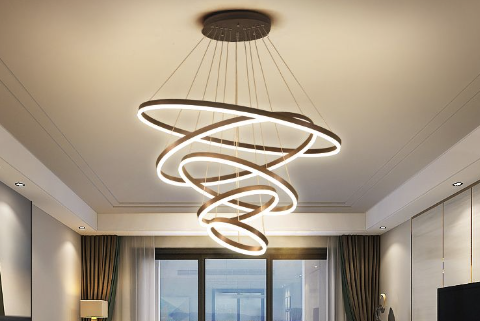


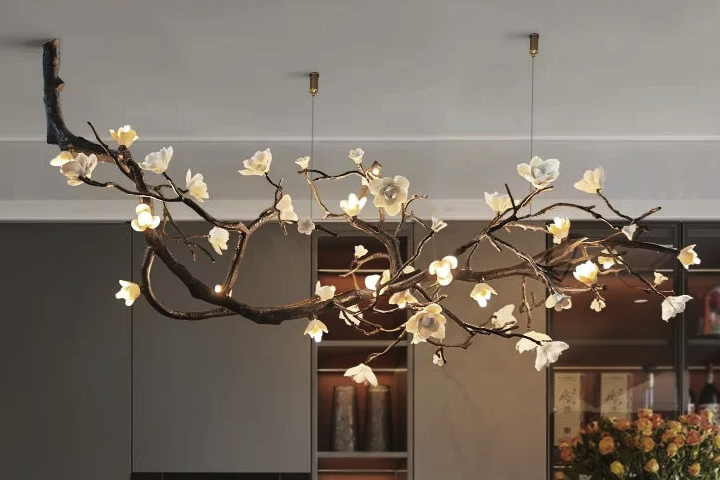

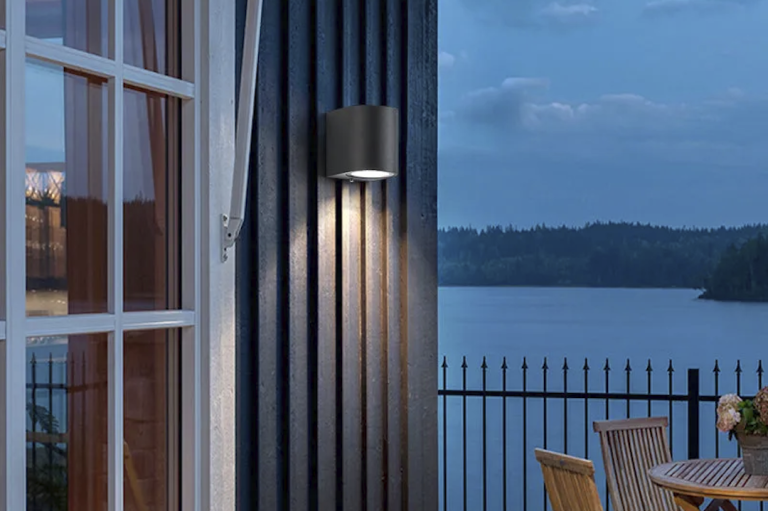
+ There are no comments
Add yours